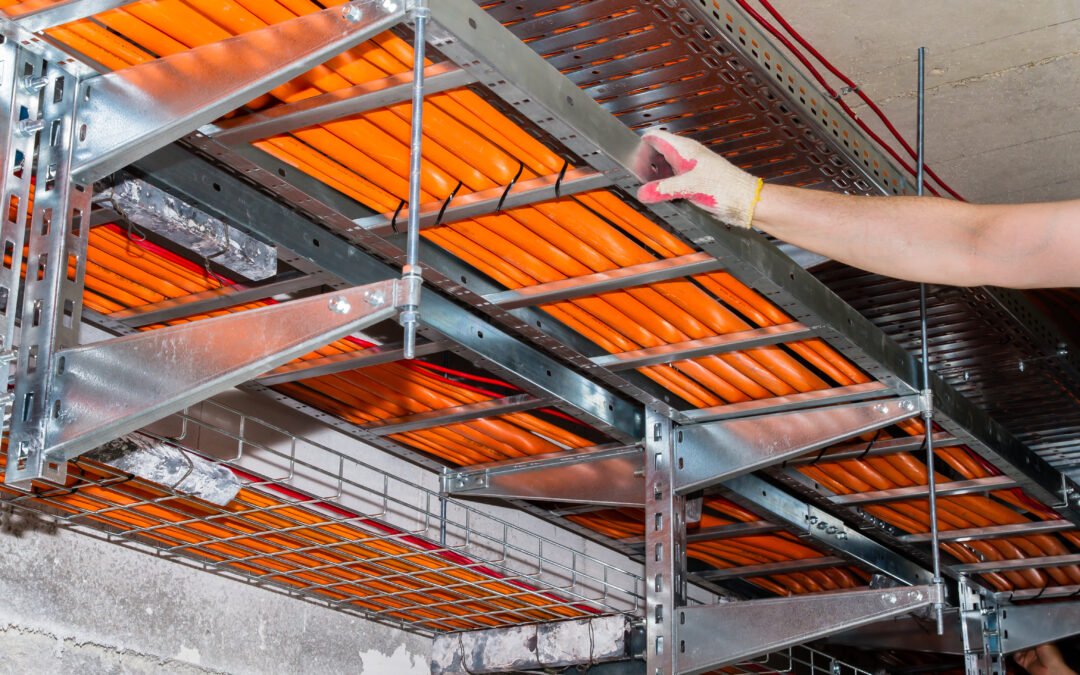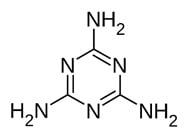
by pinfa-editor | 20 Apr, 2021
PIN FRs are the future for plastics recycliFlame ng as they avoid halogens or antimony in tomorrow’s waste and recycling Esther Agyeman-Budu, pinfa Manager at Cefic, and Adrian Beard, pinfa Chairperson (Clariant), outlined EU policies and challenges for plastics...

by pinfa-editor | 15 May, 2023
Draft green finance criteria. pinfa input that the significant environmental impacts of fire safety should be considered. pinfa emphasised that fire has not only human and economic costs, but also important environmental consequences, both local (smoke and soot,...

by pinfa-editor | 20 Apr, 2021
PIN FRs enable high fire performance HFFR cables which retain structure and water resistance in fire. The authors review research and patents into PIN FR ceramifiable polymer-based compounds, in silicone-rubbers (cross-linked), styrene-butadiene rubber, ethylene,...

by pinfa-editor | 29 Nov, 2023
Tests show phosphorus flame retardants reduce heat release and smoke compared to non-FR or halogenated FR ABS. Neat ABS polymer, a material widely used in bus and coach interiors, was compared to ABS with halogenated and with phosphorus PIN flame retardants (PFRs). 26...

by pinfa-editor | 28 Aug, 2024
Reacted melamine in polyurethane, with metals and graphite, for fire safety and reduced smoke emission. Melamine was not used as such but was reacted into the polyol. This melamine derived polyol was combined into rigid polyurethane foam at 30 %w/w, with 0 – 5 % w/w...






